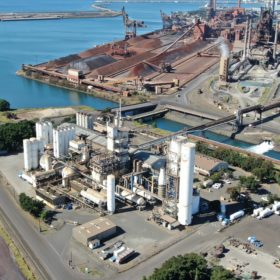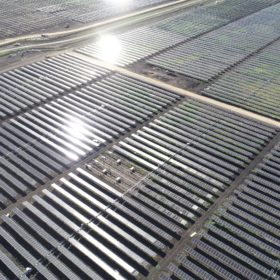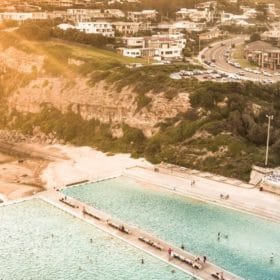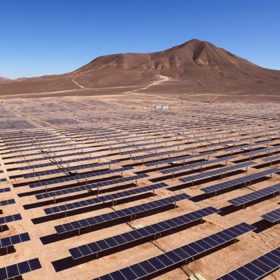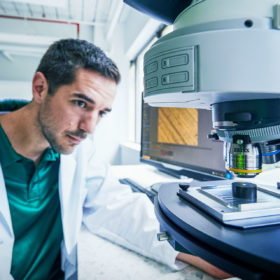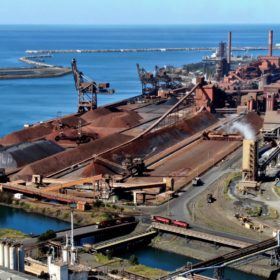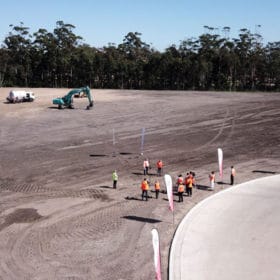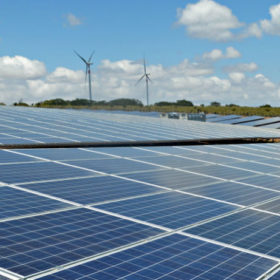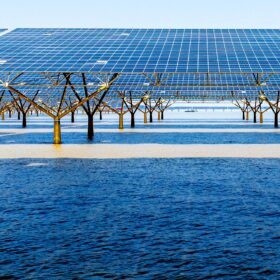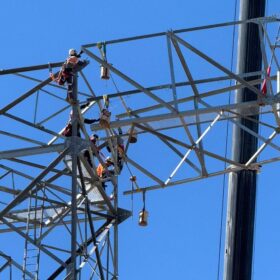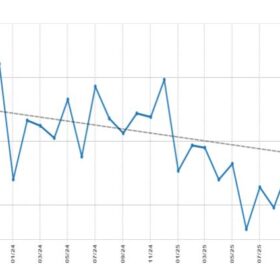Coregas set to build hydrogen refuelling station at BlueScope Steelworks
The largest Australian-owned gases company, Coregas, has received funding from the New South Wales Government to develop a hydrogen refuelling station at the Port Kembla site of BlueScope Steelworks. The station will work to support the introduction of zero emission hydrogen fleet vehicles in the region and greater New South Wales.
Risen gets Green light for 80 MW string of solar PV projects
With ambitious plans to establish a 2 GW renewable energy portfolio in Australia, solar PV module supplier and project developer Risen Energy has signed a deal with Green Gold Energy (GGE) to jointly develop and construct a string of solar projects totalling 80 MW.
100% Renewables – A year in practice
It has now been over a year since City of Newcastle made the switch to a 100% renewable electricity supply contract, as one of the first Local Governments in Australia to do so. For those that love energy data, it tells an interesting tale.
All NSW’s BP service stations to be solar powered under new Snowy Hydro deal
All of BP’s service stations in New South Wales will be fuelled entirely by solar energy after Lightsource BP signed a power purchasing agreement with Snowy Hydro allowing it to move ahead with its 107 MWdc solar farm in the Riverina Region of New South Wales.
NSW company wins ‘prestigious’ global hydrogen award for pioneering heat reaction technology
Australian hydrogen research and development company, Star Scientific, has won a World Hydrogen Award for its patented HERO technology, which caused a flurry of excitement in 2020 and shows no signs of abating.
Steel city targets green hydrogen future
Wollongong, for decades a hub for coal and steel industries, is keen to play a key role in Australia’s decarbonised energy future with the local council proposing the coastal city as the ideal location for large-scale clean energy hydrogen production.
Is Australia Crawling toward electric ferries?
Last year the New South Wales Government announced plans to retire several of the iconic Manly ferries and replace them with smaller vessels. However, the recent launch of the world’s largest electric ferry in Norway has one Aussie billionaire asking whether the new Manly ferries should be electric?
$1.5 billion initiative to boost Australian battery production
With battery energy storage systems playing an increasingly critical role in the nation’s renewable energy transition, fledgling lithium-ion battery manufacturer Energy Renaissance has welcomed a Federal Government initiative designed to boost processing of critical minerals needed for batteries, solar panels and wind turbines and build the country’s manufacturing capability.
Freshly appointed Shadow Energy Minister, Bowen, eager to shift the renewable conversation in Australia
Chris Bowen, who was appointed Labor’s Minister for Climate Change and Energy after a reshuffle in January, told pv magazine Australia he’s keen to make job creation his core focus, framing renewable investment as a Covid recovery solution rather than the end of Australia’s historic coal mining industry, which has dominated Federal narrative.
States put faith in new bodies to guide on shift to renewables
The Queensland and New South Wales state governments have reaffirmed their commitment to the solar, wind and hydrogen industries with the establishment of new bodies which will help guide the states in their transition toward a renewable energy future.
